Plant Based Protein
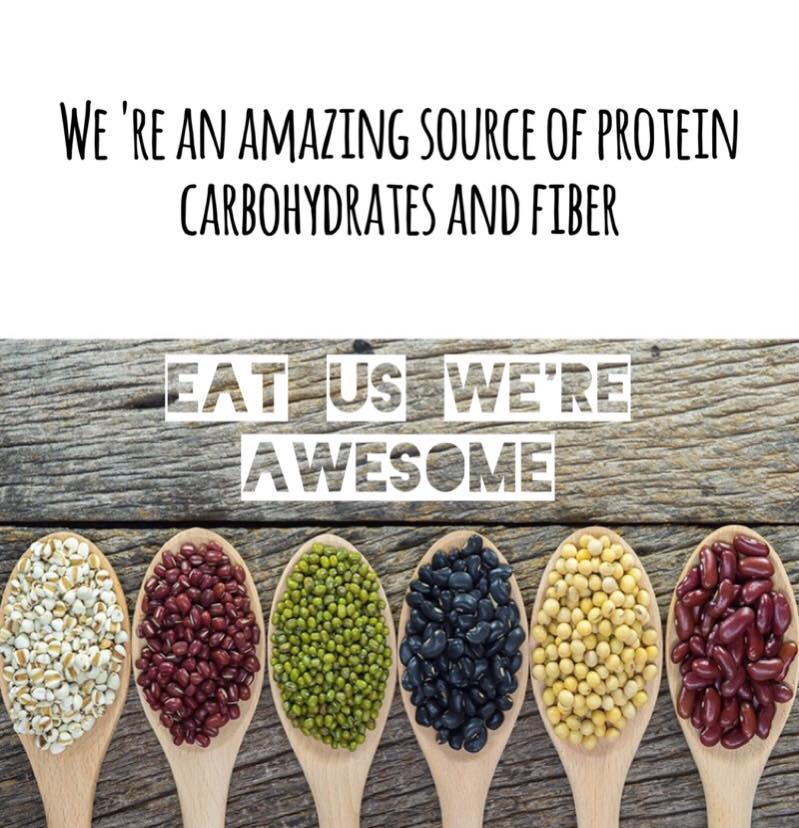 !
!
Beans
Beans are an amazing source of protein, carbohydrates, and fiber. Beans are considered to be a starchy protein to be used similarly to lentils.
Nutrition: 1 cup cooked beans = around 15g protein
Uses:
Cooked with your favorite spices and seasonings and eaten plain
Top on salads, Nourish Bowls, or One Bowl Skillet Meals
Combine with rice or quinoa for a hearty meal
Use to make vegetarian meatballs, loafs, or burgers
Use as a taco filling or meat sauce for spaghetti
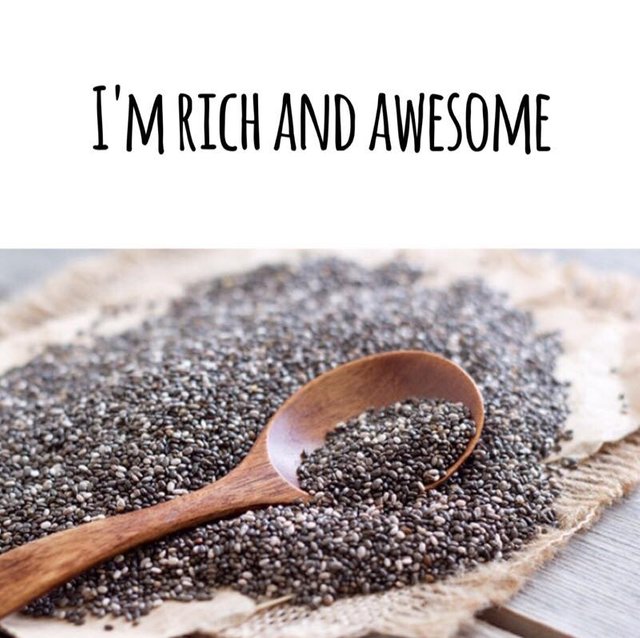
Chia seeds
Chia seeds are an ancient seed that have been used for centuries for their amazing properties to absorb water and turn into a gel-like substance thanks to the soluble fiber content in the seeds. Because of this unique characteristic, chia seeds are great to add to meals and foods to thicken naturally while also boosting the fiber, protein, and healthy fats (mainly omega-3’s).
Nutriton: 2 tablespoons = 4g protein
Uses:
Sprinkle on top of porridges, oatmeal, and cold cereals for a crunch
Soak for at least 30 minutes in almond milk for a basic chia seed pudding.
Soak in water for a Chia Fresca/Bubble Water for a refreshing and hydrating beverage
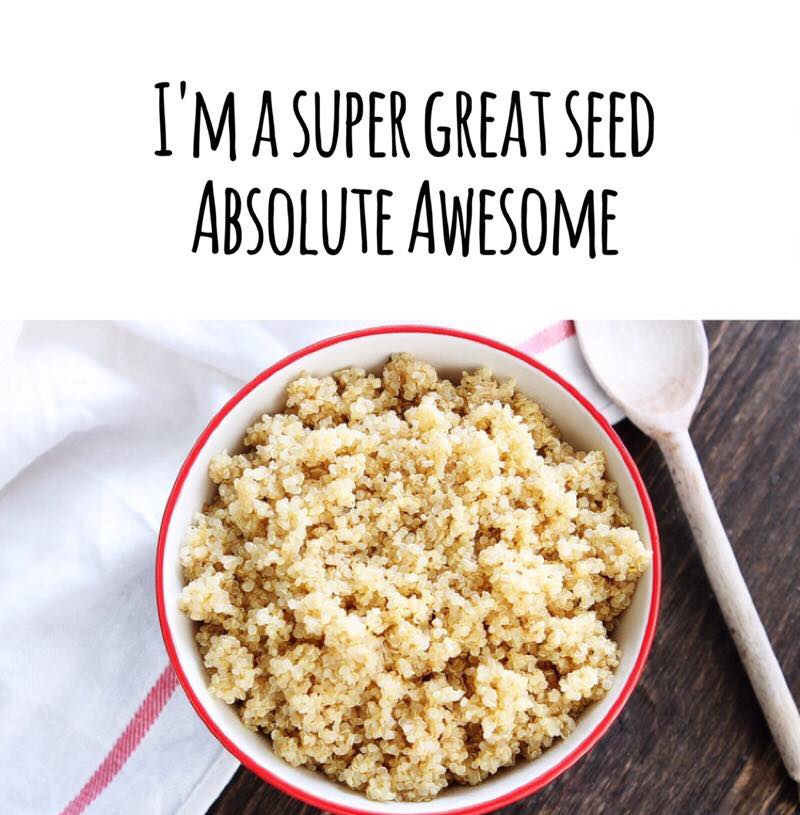
Quinoa is a gluten-free grain (technically a seed) that is used as a carbohydrate. It’s considered a starchy protein because it contains carbohydrates as well as protein and fiber.
Nutrition: 1/2 cup cooked quinoa = 7-9g protein
Uses:
Cook and top on raw or cooked greens
Use in a Nourish Bowl or One Bowl Skillet Meal
Use as a hot or cold cereal by adding homemade nut milk and fresh fruit
Use a bed of quinoa instead of a bed of rice for stir-fry dishes or as a side dish
Quinoa can also be used as a pilaf, such as the Citrus Quinoa Pilaf
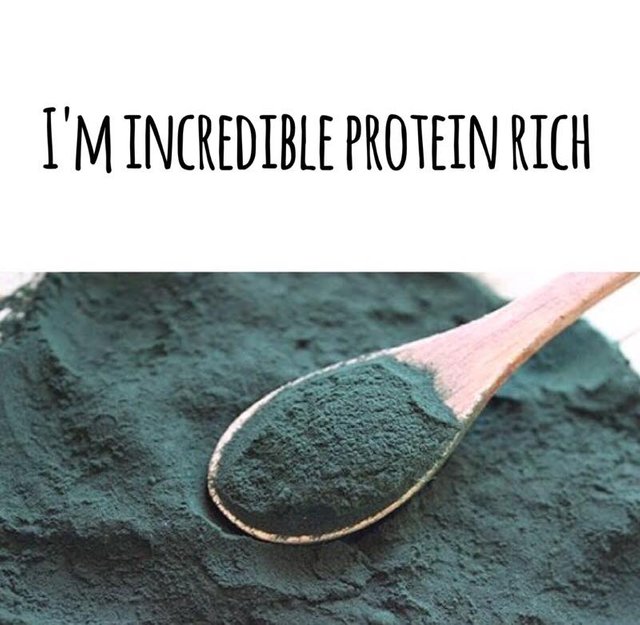
Spirulina is incredibly protein rich and one of the few sources of plant-based protein that is mostly protein by dry weight (about 70%). It’s deep blue-green in color and will change anything you mix with it into that color green. It tastes subtly sweet and nutty (hints of vanilla and chocolate), but with a background seaweed flavor.
Nutrition: 2 tablespoons spirulina = 8g protein
Uses:
Blend into smoothies, such as the Tropical Green Smoothie or Beauty Green Smoothie
Use in snack or dessert recipes, such as the Spirulina Energy Globes
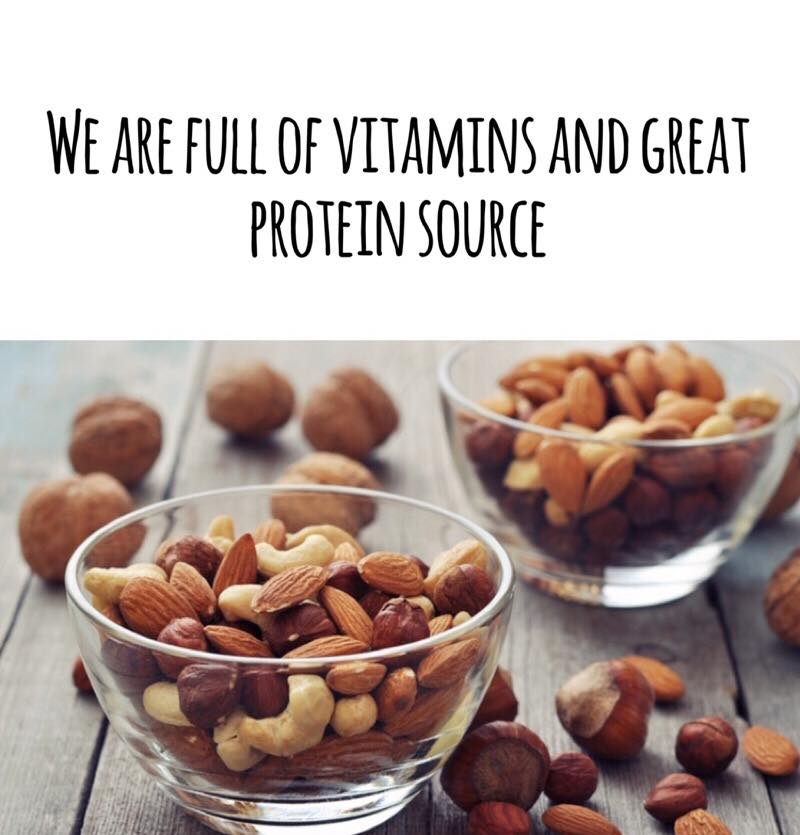
Nuts such as almonds, walnuts, cashews, pistachios, brazil nuts, and more are not only rich in minerals, Vitamin E, and healthy fats but are also protein rich. Nuts vary from type, and some are more nutty in flavor whereas others are more sweet and neutral tasting. Cashews are one of my favorite nuts as they’re incredibly versatile to use in sweet and savory dishes. Brazil nuts are my close second favorite because they’re rich in selenium. Just eating 1 a day makes up 100% of your DV for selenium.
Nutrition: 1/4 cup nuts = around 7-9g protein
Uses:
Sprinkle nuts on top of salads or any meal to increase the healthy fat and protein content
Use in granola, Nourishing Muesli, or other baked goods
Grind and use as a “flour” in gluten free baking
Grind or pulse coarsely and use in desserts such as the Raw Peach Tart
Use in desserts, snacks, truffles, and raw bars for a nutrient dense boost
Make your own nut butters by blending
Sprinkle on top of oatmeal, porridges, or cold cereals for crunch and protein
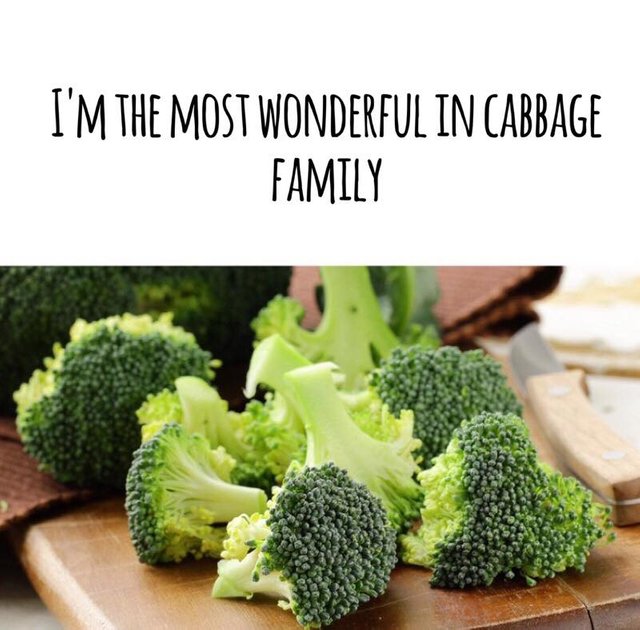
Broccoli's not only an awesome source of fiber, its protein content is surprising, too (for a veggie anyway). And you can't go wrong with a vegetable that's been proven to deliver cancer-fighting compounds like sulforaphane. Up your intake with this Broccoli Peanut Salad, which combines two protein-packed plants in one simple recipe.
Protein: 2 g per ½-cup serving (cooked)